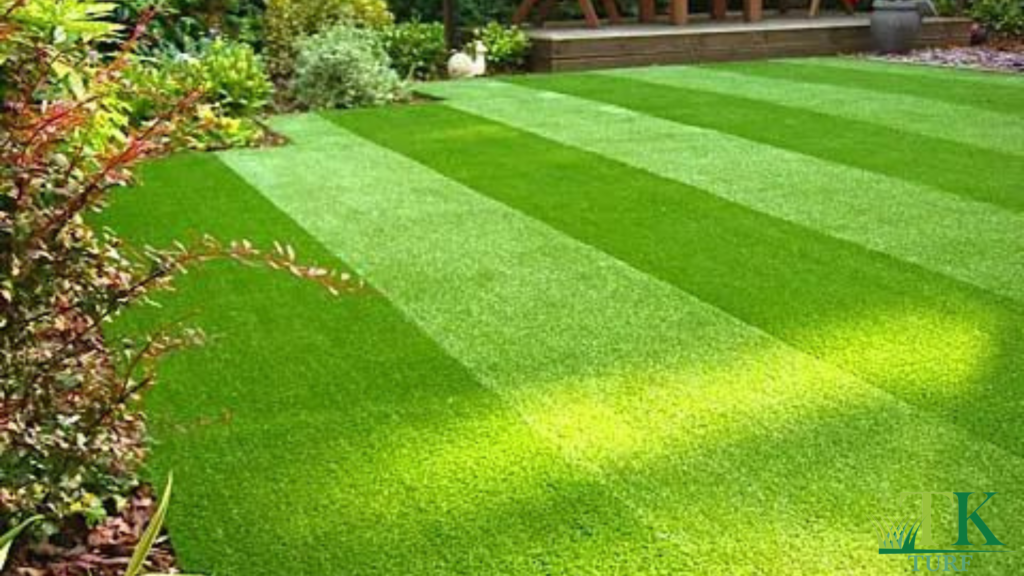Installing synthetic grass can be a game-changer for your outdoor space, providing a lush, green lawn without the high maintenance of natural grass. Before you embark on this transformation, here are several important factors to consider to ensure a successful synthetic grass installation:
1. Choosing the Right Type of Synthetic Grass
Synthetic grass comes in various types, each with specific characteristics suitable for different uses. When selecting the right type of grass for your installation, consider the following factors:
- Purpose: Is the grass for a backyard, pet area, playground, or sports field? Different types of synthetic grass are designed to handle different levels of wear and tear.
- Pile Height and Density: The pile height refers to the length of the grass blades. Longer blades may look more natural, but shorter blades are easier to maintain and clean. The density of the grass affects its durability and comfort underfoot.
- Material: Synthetic grass is typically made from polyethylene, polypropylene, or nylon. Each material has its own pros and cons in terms of durability, feel, and heat resistance.
2. Understanding the Installation Process
Knowing the steps involved in installing synthetic grass can help you plan your project and budget accordingly:
- Site Preparation: This involves removing existing grass or debris, leveling the ground, and ensuring proper drainage.
- Base Installation: A base layer of crushed stone or gravel is laid and compacted to provide a stable foundation for the synthetic grass.
- Laying the Turf: The synthetic grass is rolled out, cut to fit the area, and secured with stakes or adhesive.
- Infill Application: Materials like sand or rubber granules are spread over the grass to weigh it down, provide cushioning, and help the grass blades stand upright.
- Final Touches: Brushing the grass and making any necessary adjustments to seams or edges complete the installation.
3. Maintenance Requirements
While artificial grass is low-maintenance compared to natural grass, it still requires some upkeep to look its best:
- Cleaning: Regularly remove leaves, debris, and pet waste to prevent buildup and odors. Occasional rinsing with water can help keep the grass clean.
- Brushing: Use a stiff brush to keep the grass blades upright and to redistribute the infill material as needed.
- Weed Control: While synthetic grass reduces weed growth, some weeds may still appear around the edges or seams. Use a mild herbicide or manually remove weeds to maintain a clean look.
4. Cost Considerations
The cost of installing synthetic grass can vary based on several factors:
- Size of the Area: Larger areas require more materials and labor, increasing the overall cost.
- Type of Grass: Premium synthetic grass with higher durability and a more natural appearance will be more expensive than basic options.
- Installation Complexity: Projects that involve intricate cutting or fitting around obstacles like trees, pathways, or garden beds may increase labor costs.
5. Environmental Impact
Synthetic grass can have environmental benefits and drawbacks:
- Water Conservation: Astroturf does not require watering, making it a water-efficient choice, especially in drought-prone areas.
- Chemical-Free: It eliminates the need for fertilizers and pesticides, reducing chemical runoff into the environment.
- Heat Retention: Synthetic grass can absorb and retain heat, making it hot to the touch during warm weather. Choosing grass with heat-reflective properties can mitigate this issue.
6. Warranty and Lifespan
Quality synthetic grass products typically come with warranties ranging from 8 to 15 years. Review the warranty terms carefully, and choose a product that offers a balance between price and longevity.
7. Hiring a Professional vs. DIY
While DIY installation can save money, hiring a professional ensures a proper installation and maximizes the lifespan and appearance of your synthetic grass. Professionals have the experience and tools necessary to handle the nuances of installation, from site preparation to infill application.
By considering these factors, you can make informed decisions and ensure your synthetic grass installation meets your expectations and enhances your outdoor space for years to come.


Recent Comments